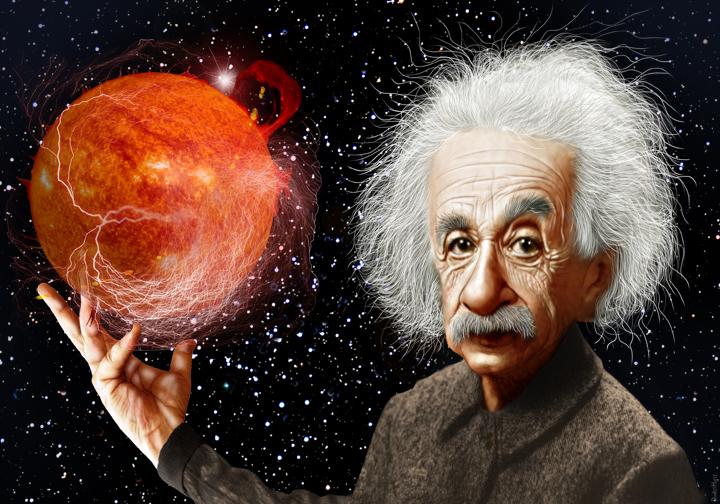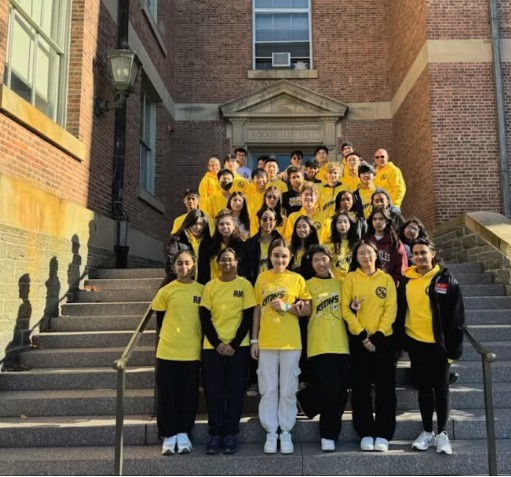In the vast history of the Earth’s oceans, no creature is perhaps more well-known than the Megalodon. As one of the largest predators to have ever lived, megalodon captures people’s imagination: for a good reason. This prehistoric leviathan has inspired generations of scientists and filmmakers, worming its way into mainstream movies like Meg, Scientists have been piecing together clues about this animal history for decades. But what is the Megalodon truly?
Fossils from the megalodon have been found dating from the early Miocene Epoch (which began 23.03 million years ago) to the end of the Pliocene Epoch (2.58 million years ago), where it went extinct as part of a changing ecosystem and climate. Despite its popularity, the megalodon is only known from fragmentary remains, and its physical characteristics, such as its appearance and maximum size are widely debated.
It was previously thought, extrapolated from a 2022 fossil reconstruction, that adding together all the vertebrae end-to-end revealed a body length of over 11 meters. Previous research had pinned this shark to be even shorter, at 9 meters when studied in the 1990s. The reason for this? Researchers had been reforming the shape of the Megalodon in the skeletal structure of other sharks, like the Great White Shark. As such, in their reassessment of their reconstruction, Kenshu Shimada, a paleontologist at DePaul University in Chicago, and his colleagues, found the Megalodon to have a much thinner, more extended vertebrae. This meant massive changes in what the Megalodon was actually like.
Estimates suggest megalodon actually grew to between 15 and 18 meters in length, three times longer than the largest recorded great white shark. With its large serrated teeth, the megalodon primary diet would have consisted of whales and other large maritime animals such as dolphins. They also most likely had a much shorter nose with a flatter jaw, less related to the Great White Shark than initially thought.
In recent years, advancements in technology, like advanced CT imaging scans, have enabled scientists to delve deeper into the world of the Megalodon. In addition, the use of computer models have significantly aided researchers in piecing together the Megalodon’s ecological significance within the ancient marine ecosystems.
However, despite the wealth of fossil evidence, much about the Megalodon remains shrouded in mystery. There are questions about everything about it, and with the new knowledge about its ancestors, one of the biggest areas left unknown is its role in the ancient marine ecosystem. “How did ancient marine ecosystems work with a megalodon,” junior Nathaniel Weinstein said.
But in the end, despite the obstacles in learning about ancient animals like the Megalodon, it is vital to discovering as much as we can. “I think that learning about the past prepares us for both the present and the future. It helps us understand current shark evolution and steps we can take to protect them,” junior Jack Suettinger said.
If you would like to voice your opinion on an issue you feel is relevant to our community, please do so here. Anyone is able and welcome to submit a Letter to the Editor, regardless of journalistic experience or writing skills. Submissions may be published either online or in a print issue.










